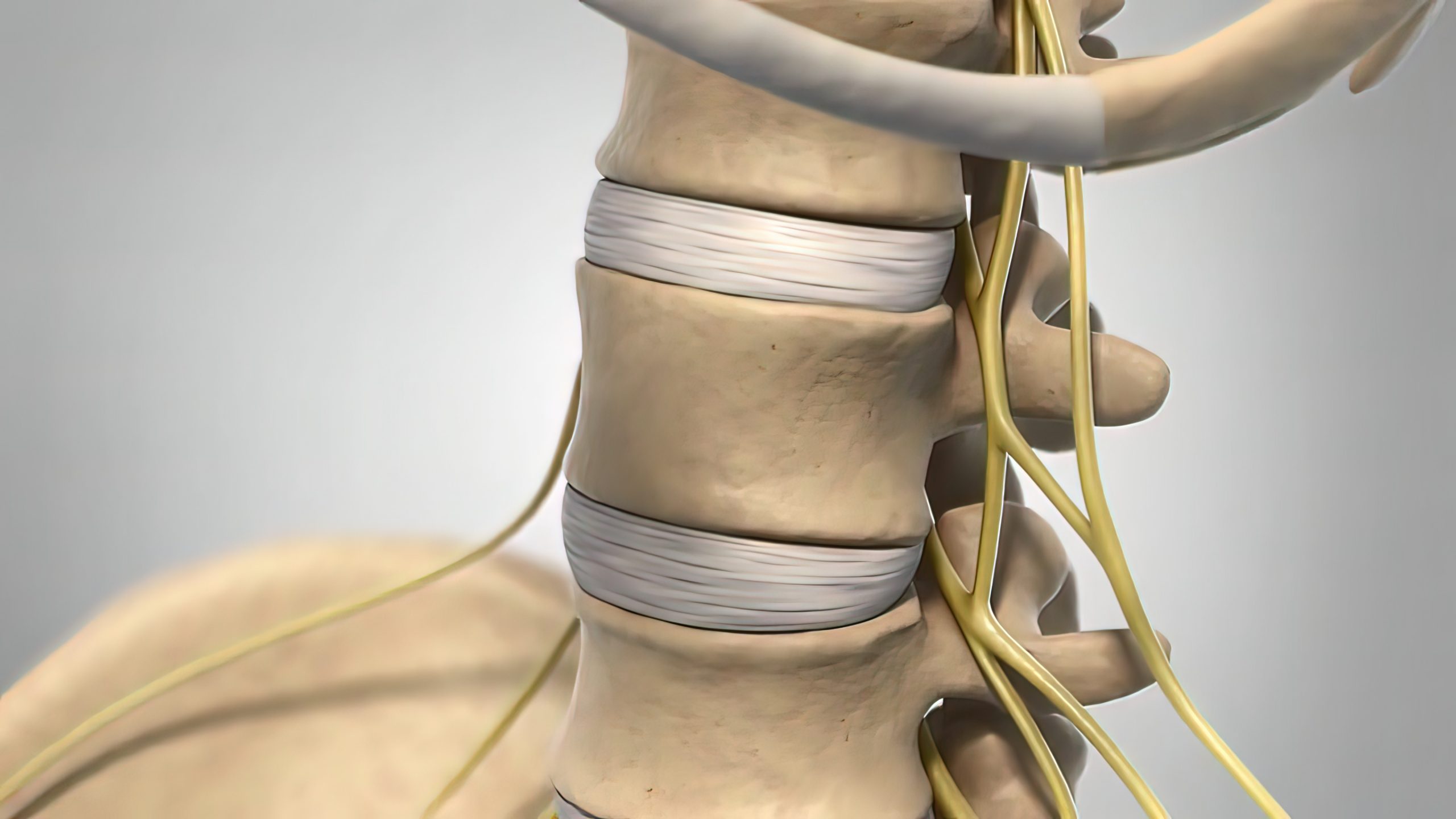
Discussing a Medial Branch Block
A medial branch block is a type of nerve block used in pain management to diagnose the source of spine-related pain and provide relief from said pain. The medial branch block involves an injection of an anti-inflammatory medication near medial nerves, which are located on either side of each vertebral joint. This injection helps to reduce inflammation in that area as well as identify the source of pain. In some cases, medial branch blocks may be used as part of a long-term treatment plan for chronic back or neck pain, or for postoperative rehabilitation following spine surgery. Ultimately, medial branch blocks can help lessen discomfort, improve mobility and quality of life associated with such chronic conditions.
To assess its effectiveness in treating chronic pain, medial branch blocks are typically combined with other treatments, such as chiropractic care, physical therapy, or spinal injections. These therapies can help to reduce inflammation, improve joint function, and promote healing. Additionally, medial branch blocks are sometimes used in combination with diagnostic procedures, such as CT scans or MRIs. By using medial branch blocks along with these procedures, doctors can determine the underlying cause of pain more accurately. In some cases, medial branch blocks may be used for symptom management when a patient isn’t ready for surgery or doesn’t want to consider it yet. This type of procedure is considered minimally invasive and relatively safe compared to other types of spine interventions. However, it’s important to discuss all risks associated with medial branch blocks with your doctor before undergoing the procedure.
Ultimately, medial branch blocks can help to provide pain relief and determine the cause of back or neck pain. By blocking specific nerves that supply sensation to a certain area of the body, medial branch blocks can help to limit sensations of pain in that area. This procedure is often used in tandem with other forms of medical intervention management because it can provide effective results by temporarily numbing these areas for several months at a time. Medial branch blocks have been found to be particularly helpful for patients suffering from chronic pain due to conditions like sciatica, spinal stenosis, or facet joint syndrome. In addition, medial branch blocks may also be beneficial for relieving pain caused by injuries such as herniated discs or degenerative disc disease.
It’s important to note that medial branch blocks are considered an effective form of pain management, but they are not a permanent solution. While the effects may last for several months at a time, medial branch blocks do not permanently cure or eliminate the source of the pain. As such, medial branch blocks should be used in combination with other forms of medical intervention or treatments in order to provide long-term relief from chronic pain symptoms.
Overall, medial branch blocks can offer short-term relief from chronic and acute pain by numbing certain areas. It can also help patients manage their condition more effectively by providing temporary respite so that they can continue on with everyday life without being burdened by unbearable amounts of discomfort. However, medial branch blocks should be used as part of a holistic treatment plan that takes into account all aspects of an individuals’ medical needs. While medial branch blocks can be an effective tool for pain relief, they cannot stand alone in providing sustained relief to those who suffer from chronic conditions.
By understanding how medial branch blocks work and how they can be incorporated into a comprehensive pain management plan, patients can make more informed decisions about their healthcare needs and find the best way to manage their condition. With this knowledge, doctors and patients can work together to create a custom treatment program that offers both short-term relief and long-term strategies for managing chronic pain.
LATEST POSTS
Communication for Growth
https://nationalspinemanagement.wistia.com/medias/2x403v2rx6?embedType=async&seo=false&videoFoam=true&videoWidth=360Cont...
A HUB for Stability
https://nationalspinemanagement.wistia.com/medias/1ojni8z7wg?embedType=async&seo=false&videoFoam=true&videoWidth=360Cont...
Find a Lawyer with Narrative
https://nationalspinemanagement.wistia.com/medias/jpw2mocx6x?embedType=async&seo=false&videoFoam=true&videoWidth=360Cont...
2023 © Copyright – National Spine Management Group






0 Comments